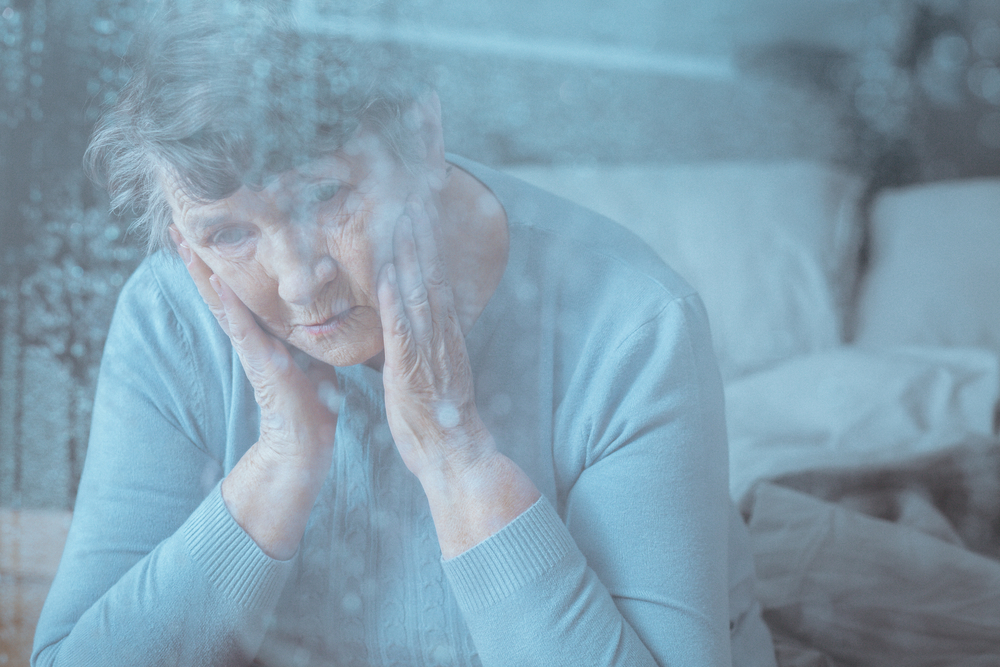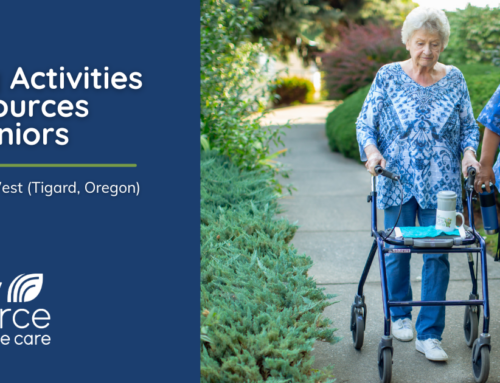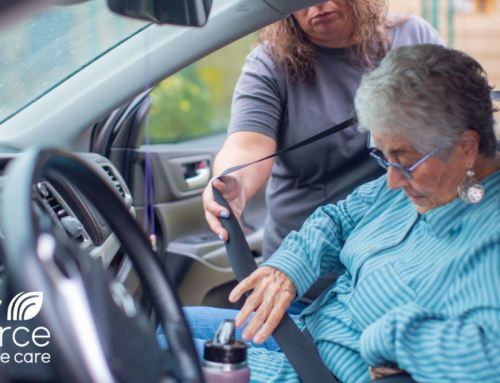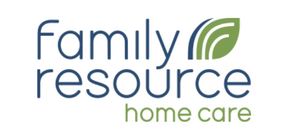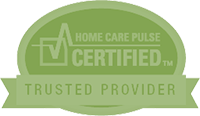Changes in mood, behavior and physical ability are natural signs of aging. There is a certain point, however, when these changes may affect a person’s ability to manage their independence or fulfill the activities of daily living. Since these shifts are often very gradual, it can be difficult to pinpoint whether it is necessary to seek outside assistance.
This list highlights some common features of declining physical or mental health. If these are becoming regular or increasingly problematic occurrences, it may be time to determine whether care in the home is a necessary step to help regain independence and maintain everyday health and safety. It is important for family members or in-home caregivers to be cognizant of these signs to determine whether home care is needed or an existing care plan needs to be updated.
- Medical
- Prescription medications are missed, mistaken, or not taken as directed.
- Doctors’ appointments are being missed, and there is an inability to reschedule appointments
- Home
- A once-tidy home is now cluttered or unkempt.
- Unopened mail or bills are piling up.
- Grocery shopping and meal preparation are becoming increasingly difficult.
- Food in the refrigerator is spoiled.
- Burn marks on pots and pans may indicate that food was left too long or unattended on the stove.
- Health
- Appetite is diminished, or changes in weight are noticeable.
- Increased difficulty with crucial daily activities of such as bathing, grooming, dressing, or getting out of bed.
- Loss of or difficulties with bladder and/or bowel control.
- Increased prominence of bruises or burns due to falls, slips, or cooking accidents.
- Temperament/ Sociality
- Noticeable or worrisome changes in mood or temperament.
- Reports of inappropriate behavior, speech, or clothing by neighbors or friends.
- Increase in social isolation or loss of interest in previously enjoyable activities.
- Memory
- Traffic citations, difficulty driving or remembering directions to familiar locations.
- Increase in memory loss and/or confusion, which may be accompanied by sadness or frustration.
While each of these indicators may be harmless on their own, an increased prominence in multiple of these warning signs may be crucial red flags that should be addressed. If you’re a caregiver observing signs of aging in your client, please reach out to your supervisor so they may update the client’s care plan.
If you’re a family member noticing any of these changes in a loved one, feel free to Call or Contact Us. Phone consultations and in-home assessments are free of charge. We are happy to help you determine the next steps in maintaining independence for your loved one.

